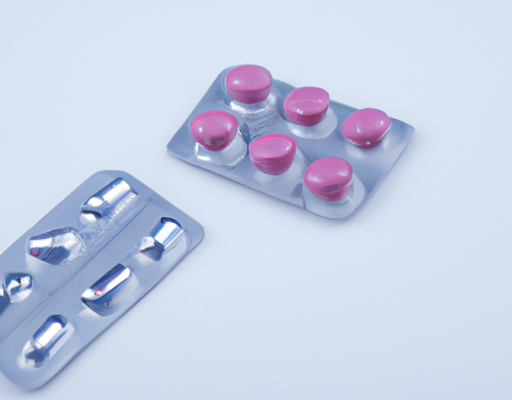Definition of varicose veins
Varicose veins in pregnancy is a condition in which the veins become enlarged and become more prominent and visible on the surface of the skin. In medical terms, these veins can be classified as venous hypertension, or a type of circulatory failure. This condition is commonly seen in pregnant women due to an increase in the blood volume flowing to the lower extremities, leading to an increase in the pressure within the veins. As a result, the veins become larger and weakened, and can either be seen bulging out of the skin or as swollen, dark-colored veins. Varicose veins in pregnancy can cause pain, throbbing, itchiness, and other uncomfortable sensations. It can also lead to further complications such as thrombophlebitis, a blood clot in the veins, or even skin ulcers. Proper medical care and support can help reduce the symptoms and risks associated with this condition.
Causes of varicose veins in pregnancy
There are several causes for varicose veins during pregnancy. One of the most common causes is hormonal changes. The body produces more progesterone during pregnancy, which helps relax the veins. This can cause them to become weak, stretched, and bulge out, leading to varicose veins. Additionally, the growing baby pushes against the veins and can cause them to become enlarged. Finally, increased pressure in the abdomen due to the growing uterus can also cause varicose veins. Fortunately, in most cases, varicose veins caused by pregnancy will often go away after childbirth. However, it is always best to consult a doctor for a proper diagnosis and treatment.
Symptoms
Varicose veins in pregnancy are a common medical condition and can be a source of discomfort, pain, and even embarrassment for some pregnant women. Symptoms usually appear in the second half of pregnancy and include swollen, purple or blue veins that are visible on the legs and other parts of the body. Pregnant women may also experience aching, throbbing, and itching in the affected areas. Other common symptoms of varicose veins in pregnancy include swelling of the legs, ankles and feet, heavy or tired feeling in the legs, and aching after standing for long periods of time. Left untreated, varicose veins may lead to complications such as bleeding, clotting, and inflammation, which can be dangerous for the mother and baby. While there is no cure for varicose veins in pregnancy, they can be managed with treatments such as compression stockings, lifestyle changes, and medications.
Treatment
Treating varicose veins during a pregnancy often includes lifestyle changes, such as exercising and wearing compression stockings or support hose. Noninvasive procedures, such as sclerotherapy and laser treatments, can also help reduce the appearance of varicose veins. Sclerotherapy involves injecting a saline or detergent solution or foam directly into the varicose vein, causing it to collapse and fade. Laser treatments provide heat energy to the blood vessel, which causes it to collapse, seal shut and over time it fades away. Varicose vein stripping is usually performed after a pregnancy and is only recommended in more severe cases. During this procedure, a surgeon removes the large vein with local anesthesia.
Prevention
When pregnant, it is important to take preventive measures to prevent varicose veins from developing. It is recommended to wear maternity support stockings or compression socks, to help ease the pressure around the midsection, which can help reduce swelling and the appearance of varicose veins. Exercise is also important to keep the blood flowing, and should include activities such as walking or swimming. Staying hydrated to prevent dehydration is also important. In addition, it is advisable to elevate the feet and legs when sitting, and to take short breaks throughout the day to avoid standing for too long. Finally, speak with your doctor about any medication that may help reduce symptoms associated with varicose veins in pregnancy.





No Comments